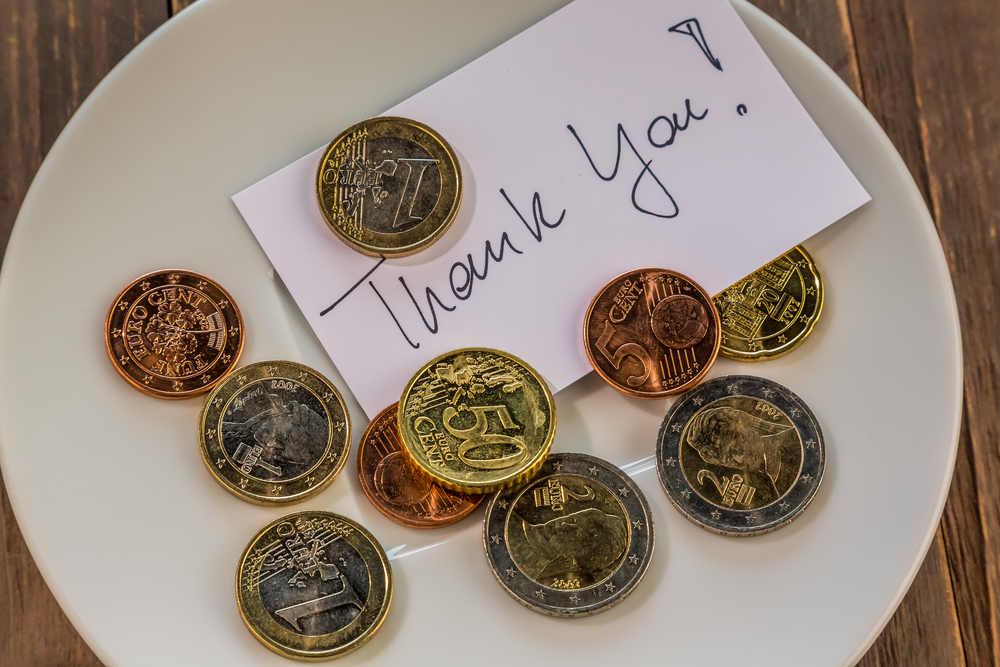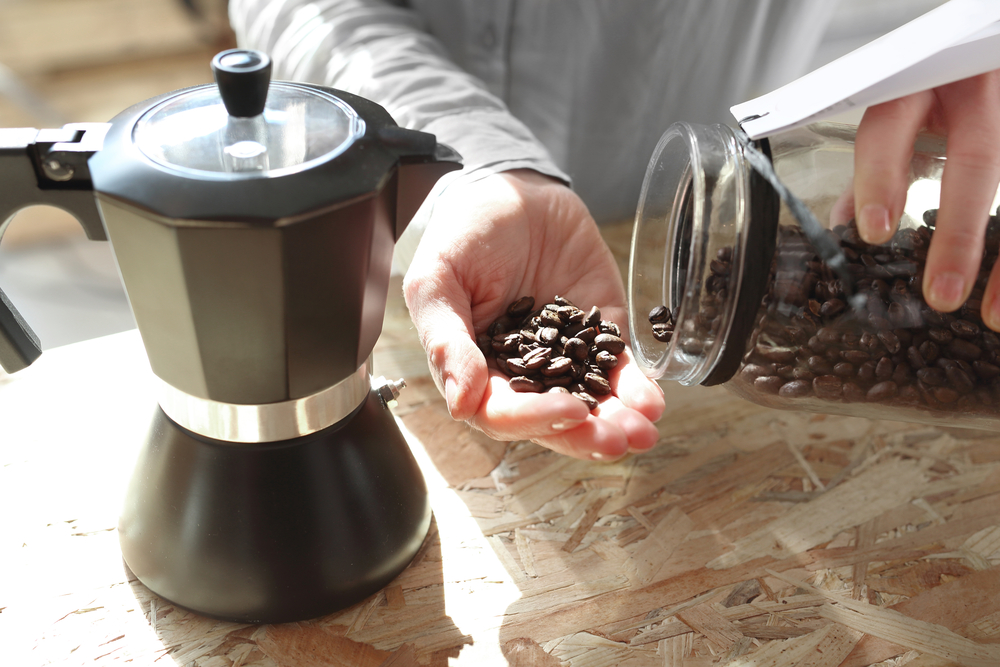Growing up in a country can lead to taking its unique aspects for granted. It’s often only when you travel abroad that you truly appreciate the distinct features that set your home country apart from others.
A user asked on the forum, “What is something you didn’t realize was typically American until you went abroad?” Here are some responses he got!
GIGANTIC TRUCKS AND SUVS

“In the UK and France, you just don’t see this. As soon as we returned from our trip, on the ride home from the airport, all I saw were lifted 4x4s and Suburbans, amongst other big vehicles. And I never really noticed before our trip,” says a user.
Americans love things big, bold, and in-your-face. Trucks and SUVs embody that spirit perfectly. They’re a symbol of freedom, independence, and a certain “rugged individualism” that’s deeply ingrained in American culture. However, once you visit abroad. you realize the world doesn’t revolve around you and your giant chompers.
UNPAID MATERNITY LEAVES

“My British friend was shocked when I told her I couldn’t afford maternity leave because it would leave me without income,” says a user.
Most Americans grow up knowing and accepting the fact that they won’t receive paid leave after having a child. This becomes the norm, and the thought of a different system rarely crosses their minds. They take the lack of mandated paid maternity leave in their country for granted.
TIPPING CULTURE

“Didn’t understand why when I went to Europe, many places seemed insulted I tipped,” says a user.
While tipping is practically ingrained in American culture, in many other countries, it is either not expected or considered rude.
Accustomed to calculating and leaving tips, Americans might feel confused when faced with bills that don’t include gratuity. They might wonder if the service was included if they are expected to tip, and, if so, how much. This can be particularly awkward in countries where tipping is not customary, as Americans might worry about unintentionally offending someone.
PAYING FOR TOILET

“Paying for the toilet! Learned this as an American in Greece. I went to Ireland and didn’t remember any pay toilets,” says a user.
Paying for public toilets is more prevalent in the United States than in many other countries. As American society became increasingly individualistic and consumer-oriented, paying for individual services, including restroom use, became more normalized.
On the other hand, in many other countries, public services like restrooms are funded through general taxation, which means they are accessible to everyone free of charge. This approach is less common in the United States and sometimes comes off as a cultural shock.
AMOUNT OF ESPRESSO IN A COFFEE DRINK

“The amount of espresso in a coffee drink. It’s more common abroad to get a shot of espresso and add a little milk or cream if you’re feeling fancy. A latte? That’s just a glass of milk with an image of coffee,” says a user.
American coffee culture often leans towards more significant portions and milder flavors. Regular drip coffee, iced coffee, and lattes dominate the scene, offering a different coffee experience than espresso’s concentrated and intense flavor. Traveling to Europe, particularly Italy, exposes Americans to a different coffee culture where espresso is the foundation of most coffee drinks.
DRINKING TAP WATER

“Drinking tap water. Like, straight from the tap, tap water. Cousins from Monaco saw my mom do it on their first visit and were shocked,” says a user.
Americans drink tap water due to its high quality and safety standards. Although people from many other countries also enjoy this privilege, not everyone does. When Americans travel abroad, especially to developing countries, where tap water might not be safe, they realize this isn’t a norm everywhere.
SMILING

“Smiling for no reason gives Americans away every time,” says a user.
In the United States, smiling is considered as a social norm, expected in interactions regardless of context. This can feel automatic and go unnoticed by Americans until they encounter cultures where a neutral expression is the default in everyday encounters.
DRINK REFILLS

“Downed my whole drink (small glass) before the meal arrived. Had to ‘buy another’ one to wash the food down,” says a user.
Many Americans take free drink refills for granted. However, stepping outside the US often reveals this practice as a uniquely American phenomenon. After experiencing the world without free refills, Americans often develop a newfound appreciation for this homegrown custom.
CHEESE FLAVORED SNACKS

“This might just be from New Zealand, but I lived there for a year, and they did not have a single cheese-flavored chip or Cheez-it or anything. I had to buy an $8 box of Cheez-Its from the American store in Auckland to satiate my craving. They switched out cheesy chips with chicken chips, ” says a user.
In the US, cheese-flavored snacks like Cheetos, Doritos, and Cheez-Its are ubiquitous and readily available. This makes it seem like the norm, and many Americans might not be aware of the wide variety of snack flavors available abroad. In other countries, there may be a greater emphasis on different flavor profiles, like spicy, sour, or umami, which might not include cheese.
PAPER TOWELS

“We’re more addicted to paper towels than oil,” says a user.
Visiting countries where paper towels are uncommon or unavailable can be the first eye-opener for Americans. This forces them to utilize alternative methods like hand dryers or cloth towels, highlighting the prevalence of paper towels in their daily lives. Realizing that paper towels are not a global norm can lead Americans to appreciate their convenience and affordability more.
FOOD PORTIONS

“They’re 1/2 the size of the typical American meal,” says a user.
When dining out abroad, Americans are initially surprised by the significantly smaller portions compared to what they are accustomed to back home. This can be a shock, especially considering the emphasis on “value for money” in American dining culture.
WATER FOUNTAINS

“They are just not that common outside the US,” says a user. Water fountains are so omnipresent in the United States that they become part of the background scenery, rarely receiving conscious attention.
FLYING FLAGS EVERYWHERE

“I came from abroad and have traveled extensively. American flags everywhere. Other countries don’t fly their flags like USA folks do. On trucks, houses, buildings, etc. People are patriotic in other countries too, but okay,” says a user.
Seeing the American flag everywhere, from government buildings to homes and businesses, becomes so familiar for Americans that it blends into the background. Visiting other countries where extensive flag display isn’t normal and commonplace can offer a contrasting perspective.
ICE IN DRINKS

“I was shaking as someone who likes more ice than a beverage,” says a user.
For Americans, ice in drinks is as natural as breathing. They expect it, crave it, and rarely question its presence. But stepping outside the US borders can be a shocking experience for many Americans. The realization that their beloved ice habit is a cultural quirk, not a universal standard, can be pretty eye-opening.
FRITOS

“I did my student teaching in England, and I lived there for 3.5 months. My mother sent me a care package with Fritos snack bags, and I gave some to a friend who said they were like eating fingernail clippings,” says a user.
Unlike American brands like Coca-Cola or McDonald’s, Frito-Lay hasn’t extensively marketed Fritos outside North America.
EATING POORLY

“Europeans know how to eat well. OK, maybe less so in England and Germany, but still better than the US,” says a user.
When observing the eating habits of people in other countries, Americans may notice that they tend to eat more slowly, savor their food more, and prioritize mealtime as a social occasion. This can be a wake-up call for Americans who often eat quickly, on the go, and without paying much attention to the quality of their food.
MAC AND CHEESE FROM A BOX

“My German friend absolutely could not believe the cheese is powdered,” says a user.
Boxed mac and cheese is a familiar childhood comfort food, a quick and easy meal option, and readily available on grocery store shelves across the USA.
While pasta and cheese are enjoyed in many cultures around the world, the pre-packaged, shelf-stable boxed version of mac and cheese is largely an American invention. In many other countries, pasta and cheese are prepared from scratch or using fresh ingredients, making the boxed variety less common or even completely unavailable.
